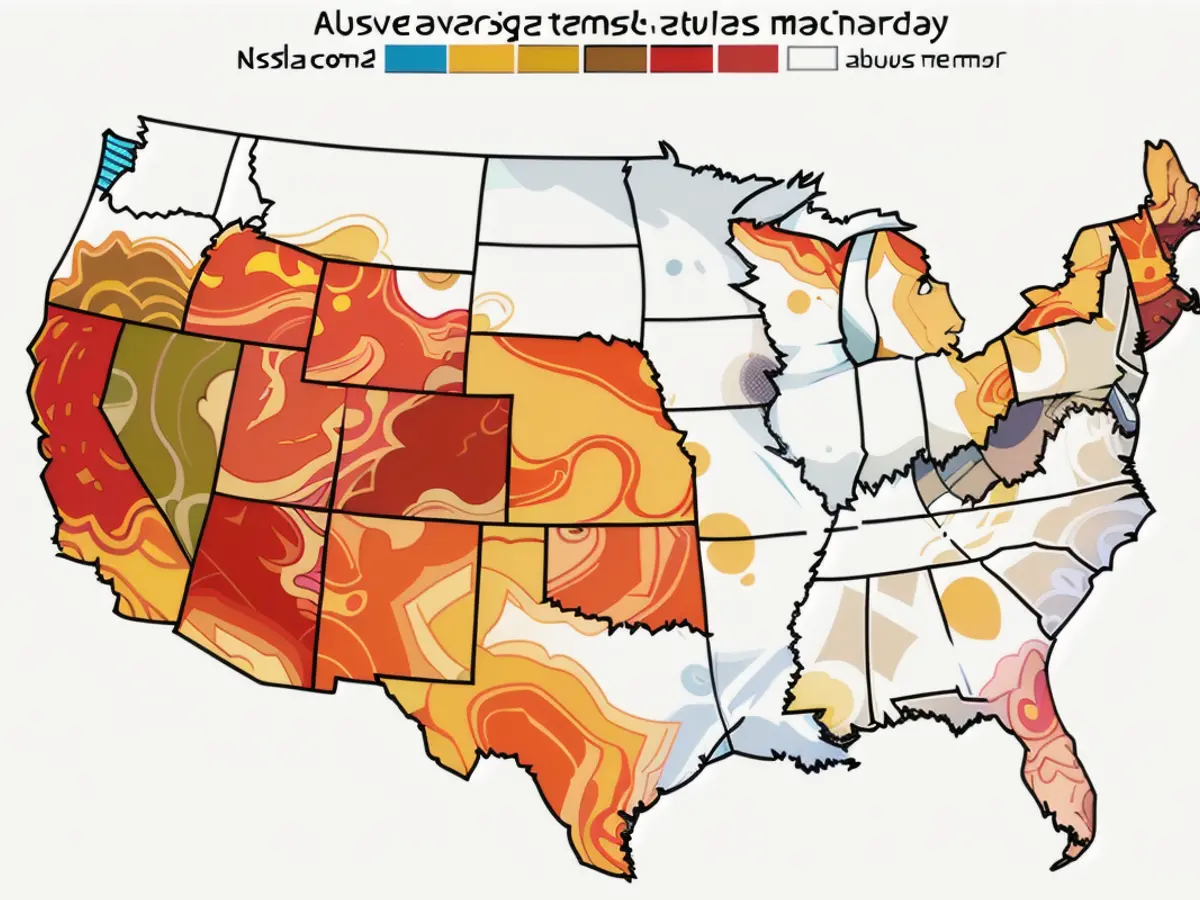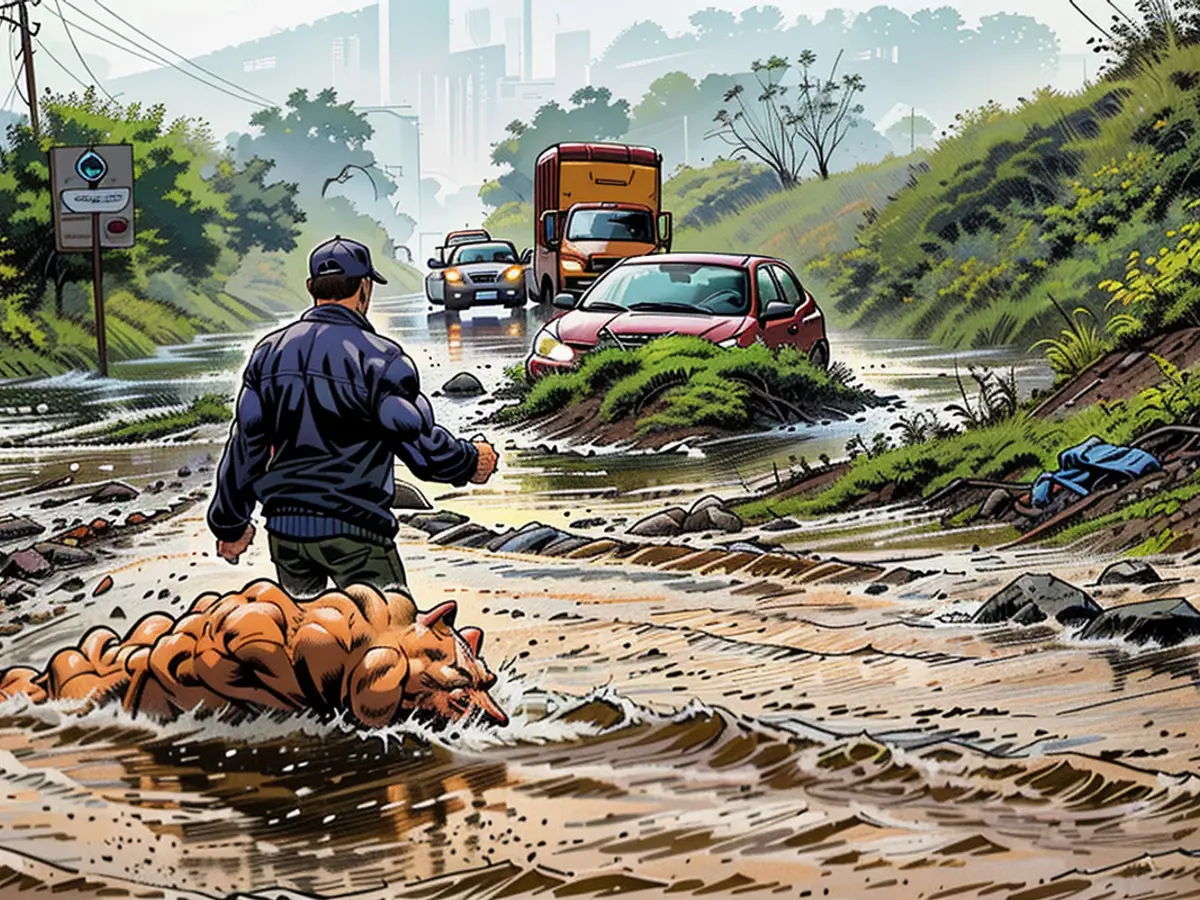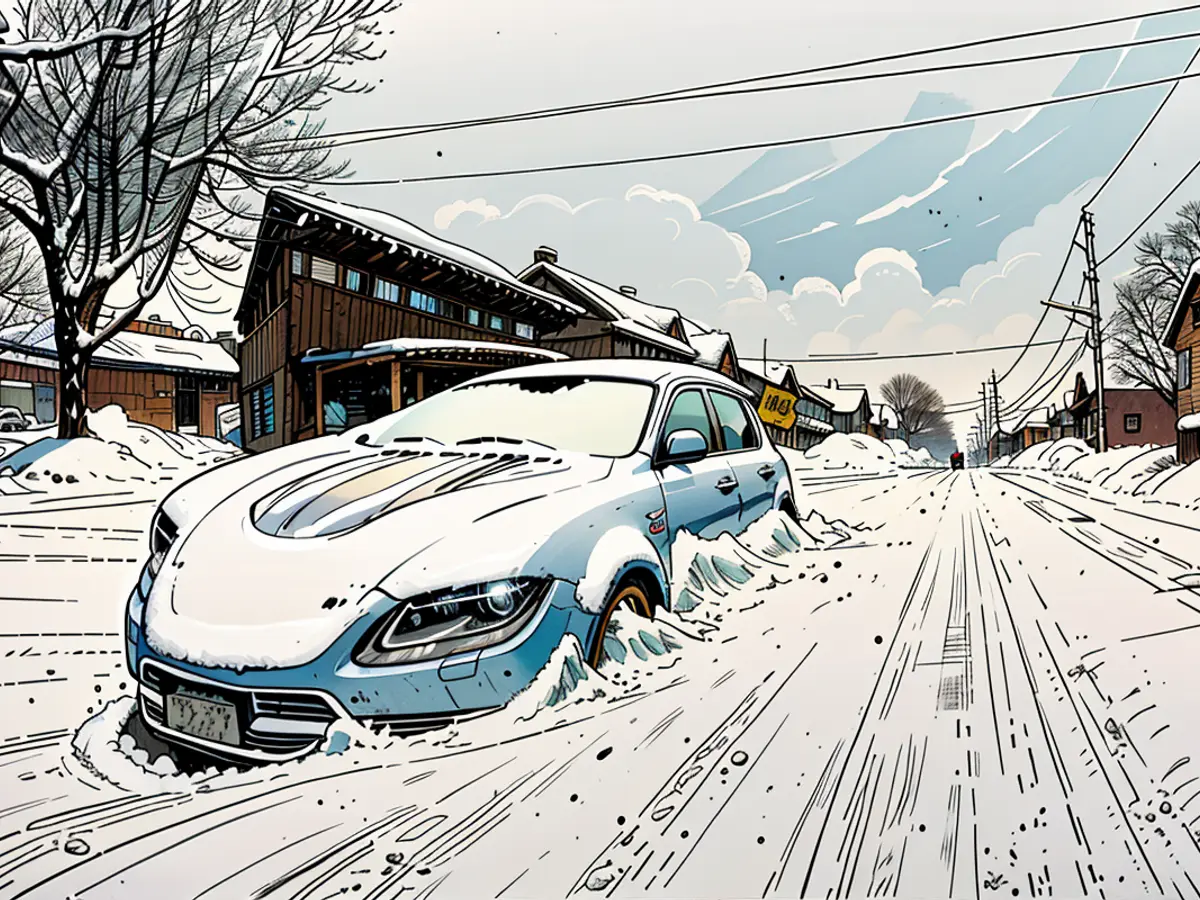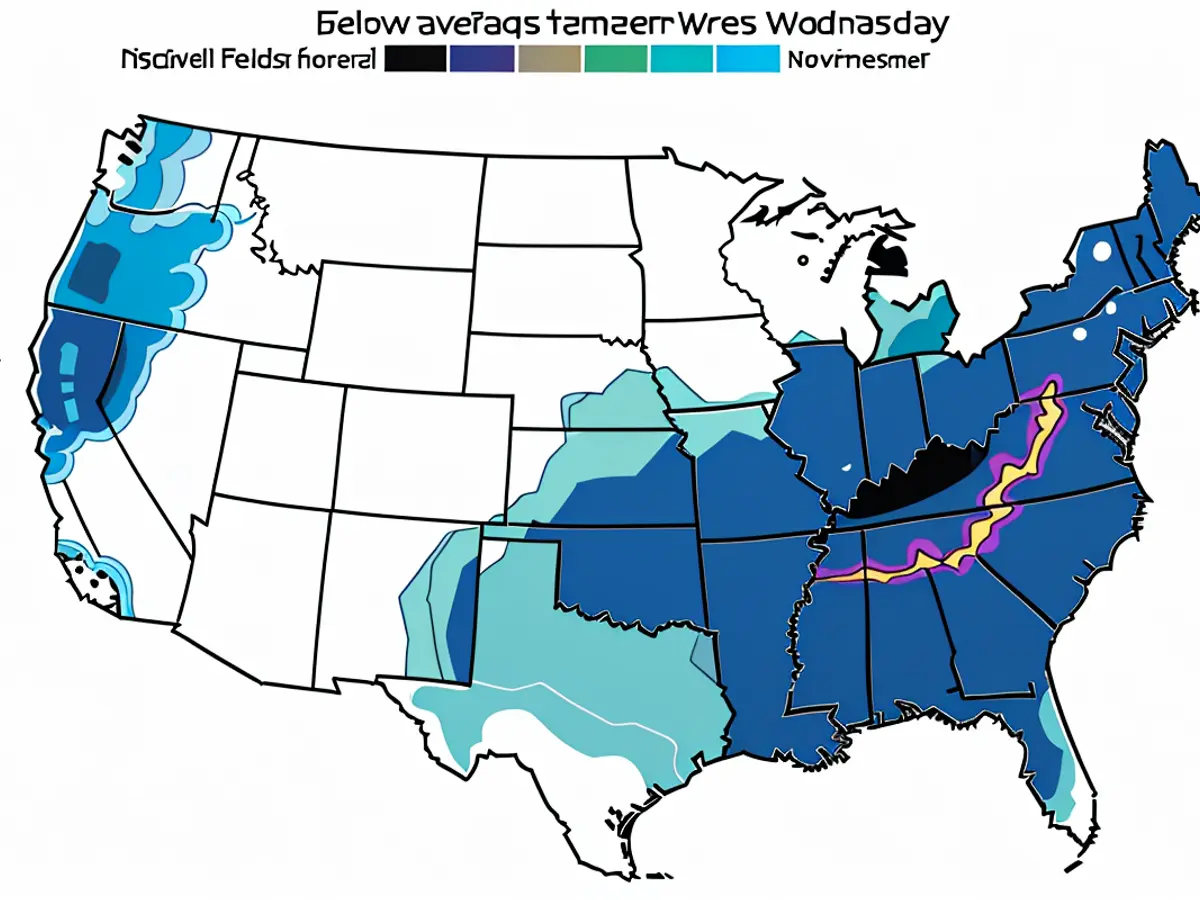A heatwave will cause temperatures to rise into the hundreds in the western regions, exacerbating blazes.
The summer season is right around the corner, but parts of the West will already be experiencing extreme heat - temperatures more than 20 degrees above average - in the coming weeks. There are currently excessive heat warnings in place for over 10 million individuals in California, Nevada, and Arizona. The National Weather Service issues these alerts when widespread dangerous heat is expected.
What's causing this abnormal heat? It's due to a heat dome - a massive high-pressure area that rests over a particular region, trapping air and intensifying its heat as it is subjected to unrelenting sunshine. The longer this heat dome lingers, the more intense the heat becomes.
The intense heat will begin in certain parts of California on Tuesday, eventually expanding to more of the Southwest by Wednesday. This heat dome will reach even the Pacific Northwest by the end of the week. Major coastal cities such as Los Angeles will have temperatures 5-10 degrees higher than the norm this week.
Tuesday sees temperatures climbing into the upper 90s and low 100s in California's Central Valley, where the Corral Fire is raging near Tracy. Sacramento, California's capital, will likely experience its first 100-degree day this year on Tuesday, whereas typically it happens in early June.
Triple-digit temperatures will be pervasive over the Central Valley on Wednesday, lasting through the weekend. The Southwestern states will also begin to feel the effects on Wednesday, with temperatures exceeding 110 degrees in parts of southern Arizona and far southern Nevada. Phoenix is expected to reach 110 degrees for the first time this year by Thursday. Traditionally, the city doesn't see such temperatures until mid-June. The scorching heat will also transcend to Las Vegas, three weeks ahead of the usual timeframe.
This early-season heatwave is set to challenge daily high temperature records across a sizeable section of the West. Phoenix, Las Vegas, Flagstaff, Arizona, Reno, Nevada, and Fresno, California, are among the cities that may experience record-breaking heat.
The brutal heat wave will also worsen fire danger. Already parched grasses and brush, despite their short fuel lifespan, have the potential to ignite more easily due to the lack of humidity and gusty winds, particularly in California early this week. This increased fire risk is compounded by the record-setting temperatures.
Corral Fire Scorches California's Central Valley
The Corral Fire has charred over 14,000 acres of land in California's San Joaquin county since it started Saturday afternoon. Amidst fierce winds and parched conditions, residents were forced to evacuate several neighborhoods. However, the situation improved as winds calmed down on Sunday, and by Monday morning, containment of the blaze was up to 75%. Residents near the fire have since been downgraded from evacuation orders to warnings, with authorities promoting awareness and readiness to evacuate at a moment's notice.
Two firefighters from Alameda County sustained injuries while responding to the fire. Although not disclosed in detail, their injuries ranged from minor to moderate. The firefighters were rushed to the hospital for further examination and treatment.
Part of I-580 was closed in both directions over the weekend due to the thick smoke from the Conral Fire emanating onto the freeway. The closure lasted until Sunday evening, when all lanes were reopened. The trigger for the fire is still being investigated.
Gusty winds up to 30 mph are forecast through Tuesday, making it more challenging for containment crews to suppress the fire effectively. Temperatures in the region will skyrocket to the mid-90s between Tuesday and Sunday. An excessive heat warning is issued for the area from Tuesday to Thursday.
Note: The documentary series "Violent Earth with Liev Schreiber" spotlights brutal weather occurrences like wildfires, which are becoming more frequent due to a changing climate. This series airs on Sundays at 9pm ET/PT.
CNN’s Jillian Sykes and Dalia Faheid were among the contributors to this report.

Read also:
The heat dome, causing the abnormal heat, is expected to impact major coastal cities such as Los Angeles with temperatures 5-10 degrees higher than the norm this week. The prolonged heat will exacerbate the fire danger, making already parched grasses and brush in California more susceptible to ignition due to the lack of humidity and gusty winds.








